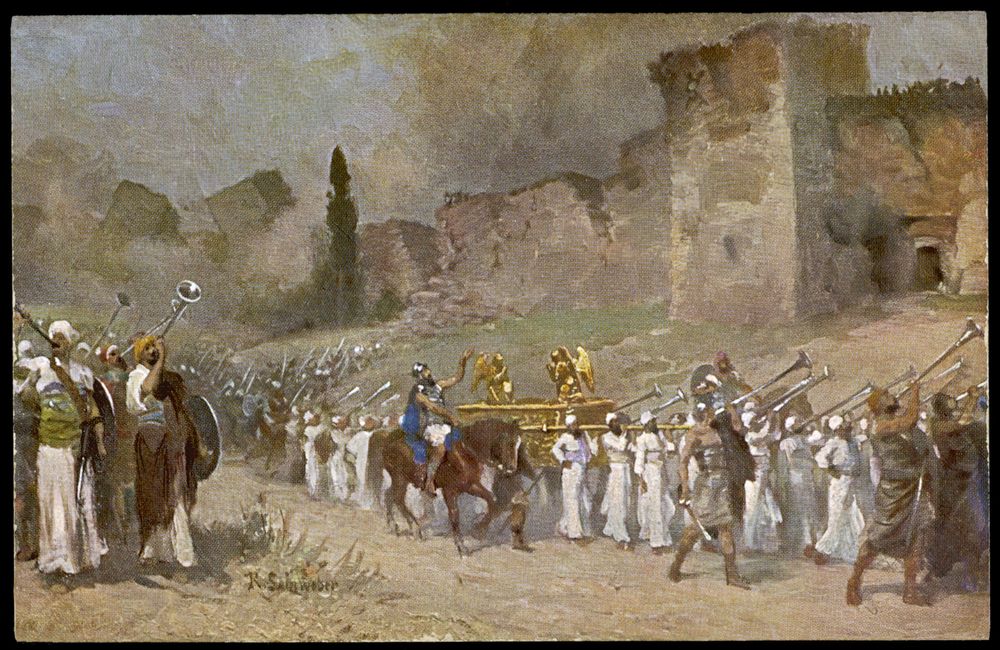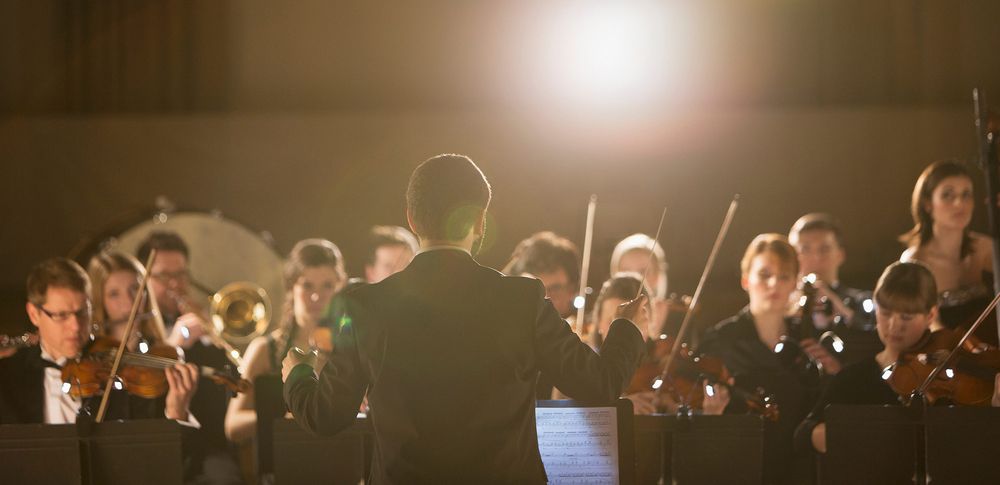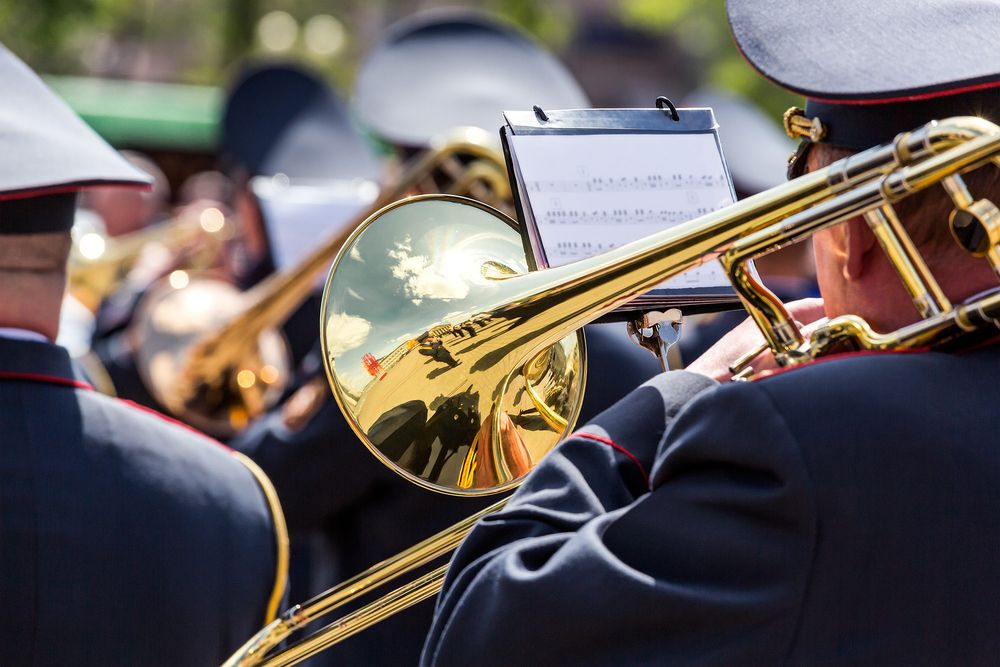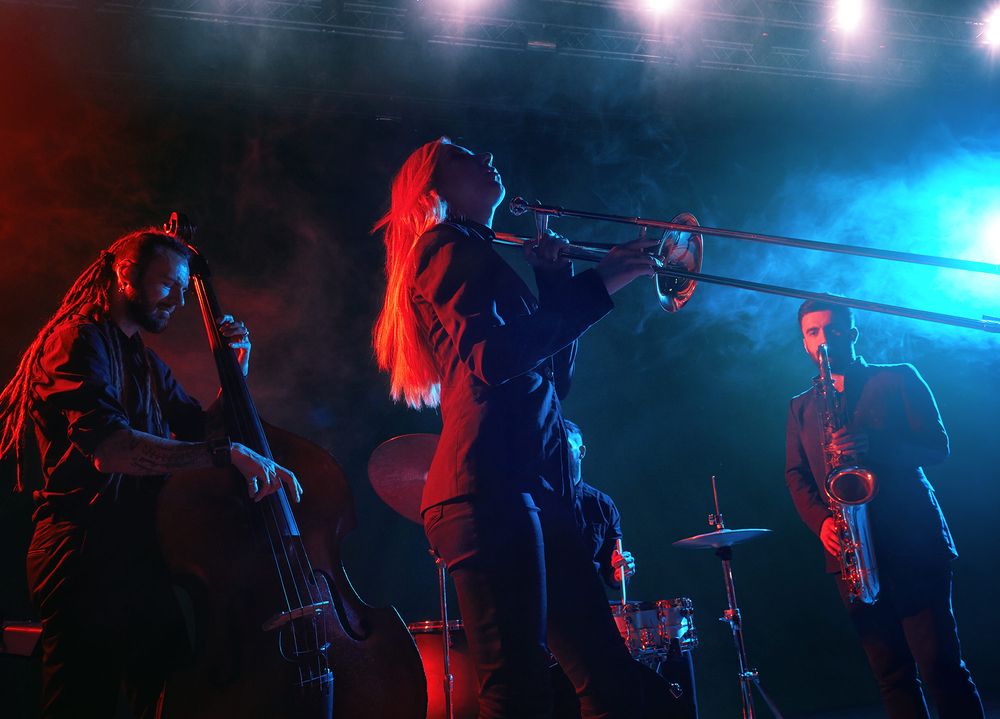2. Introduction
The Trombone - the Force of Nature that Crumbles Walls
The sheer power of the trombone's sound has been noted since ancient times, even mentioned in the Bible: "Let seven priests carry seven trumpets of rams' horns before the ark. On the seventh day, march around the city seven times, with the priests blowing the trumpets." What happened to the walls of Jericho afterward is well known.
Though the trombone likely played a significant role since ancient times for rituals like summoning the sun, the form we know today originated in the 15th century.
Like many brass instruments, the trombone is closely related to the trumpet, which is evident in its name. In many languages, it's called "Trombone," meaning "big trumpet." But it's much more than that. Besides its broad range, excellent tonal qualities, and diverse timbres, the trombone's slide allows for gliding between pitches. Composers recognized and utilized these advantages as early as the 15th century.
To improve handling, the long tube of the instrument was doubled back 180 degrees. These instruments were an evolution of the slide trumpet, hence tightly constructed with a small bell and short slide.
During the Renaissance, the trombone played a minor role, but in the Baroque period, different pitches emerged. With soprano, alto, tenor, bass, and contrabass trombones, composers had more sonic options for doubling voices or creating polyphonic trombone ensembles. The demands were relatively modest due to the often simple melodic lines.
In the early 19th century, the trombone began to assume more independent orchestral functions. Since then, it's been an indispensable part of classical music, found in symphony orchestras and chamber music.
Starting from the narrow constructions of the Middle Ages, the trombone gradually increased in width (bore). In the 20th century, valves were integrated, and noble materials were used to further optimize it.
In addition to classical music, the trombone is still widely used in military music. In large marching formations, its forward-facing and radiating bell serve as both a visual and auditory highlight.
The trombone also occupies a central place in jazz, where its numerous tonal facets and technical possibilities of the slide are essential. In pop, Latin music, and ska, the trombone dominates as both a solo instrument and an integral part of brass sections.
What held true in ancient times still applies today. The trombone, an instrument that brings light everywhere it goes.
Whether in symphony orchestras, military bands, brass bands, trombone choirs, big bands, or pop music, the trombone plays a prominent role in both harmony and solo settings. As often happens, the name itself is ambiguous: "big trumpet" doesn't just refer to its physical size but also to the vast possibilities it offers compared to a trumpet.






